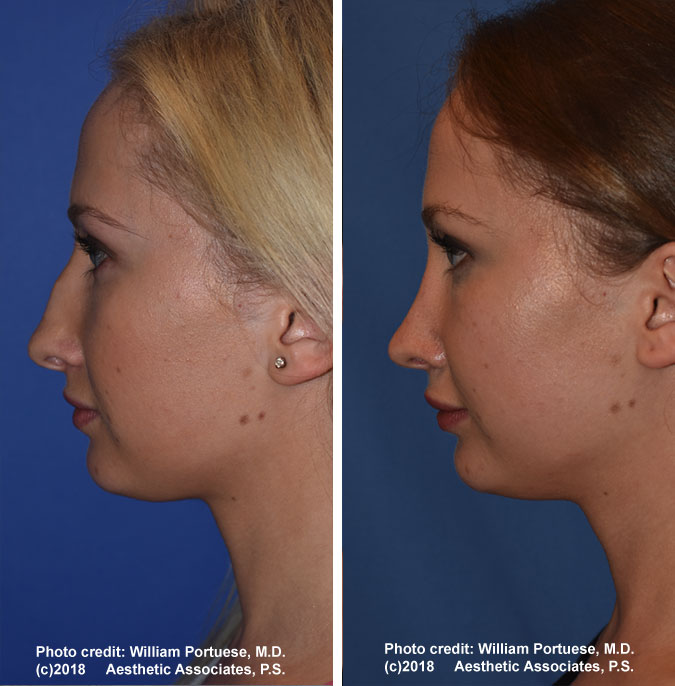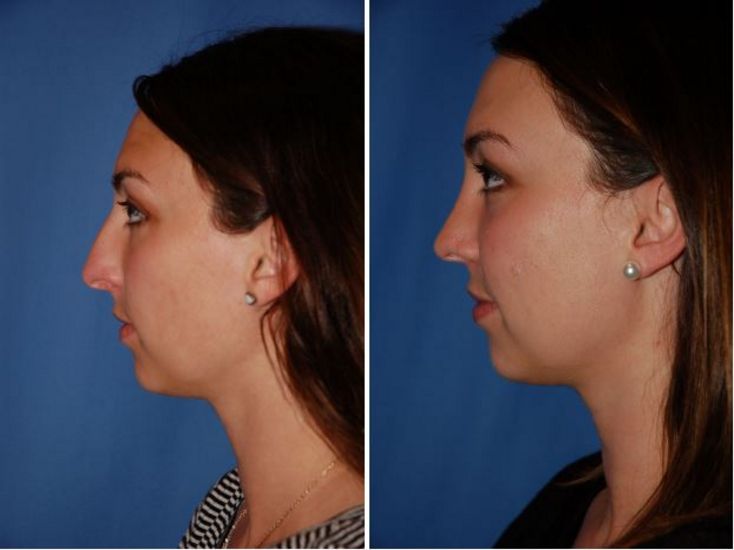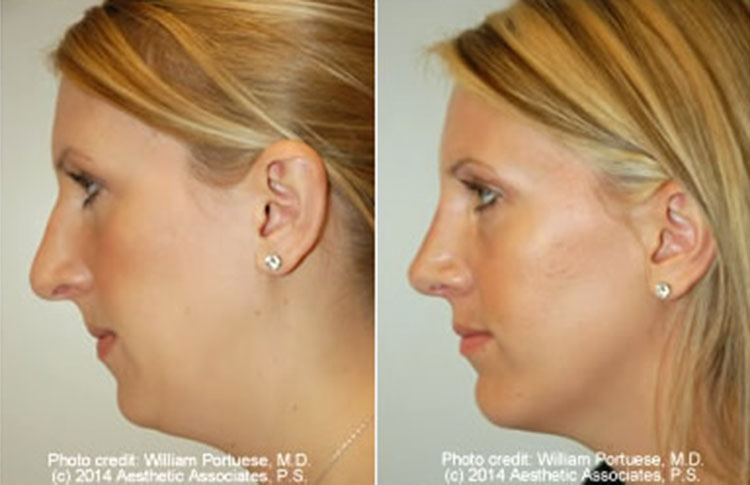Pacific Northwest Plastic Surgery
on the hours of daylight of the surgery, Dr. William Portuese reviews the surgical plan and computer imaging bearing in mind the patient. Patients with meet the board ascribed physician anesthesiologist and are next admitted into our Medicare certified outpatient surgery center. In our surgical center, a rhinoplasty is always performed below general anesthesia for compliant safety and comfort. Nose surgery usually takes with one to two hours under the speak to organization of the anesthesiologist. Dr. Portuese performs the entire surgery similar to a closed rhinoplasty approach and subsequently applies a cast across the bridge of the nose that will stay in area for 6 days. Patients are taken to the recovery room where they will wake happening from the anesthesia and subsequently go home in imitation of their caretaker. Recovery Time: Patients will have visible bruising and swelling for approximately 10-14 days after the procedure. The first postoperative visit is at one week similar to the cast is removed and patients can see their initial results. There will after that be followup appointments at one month, 3 months 6 months and one year.


